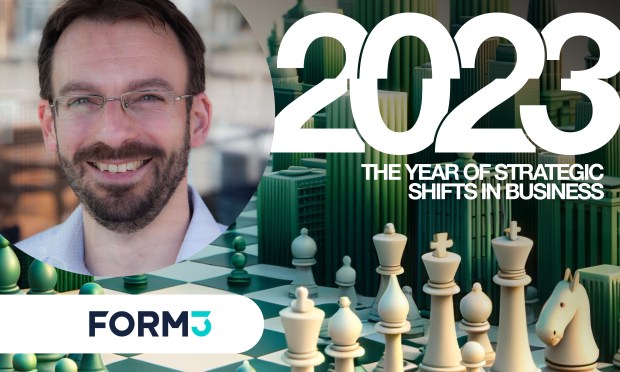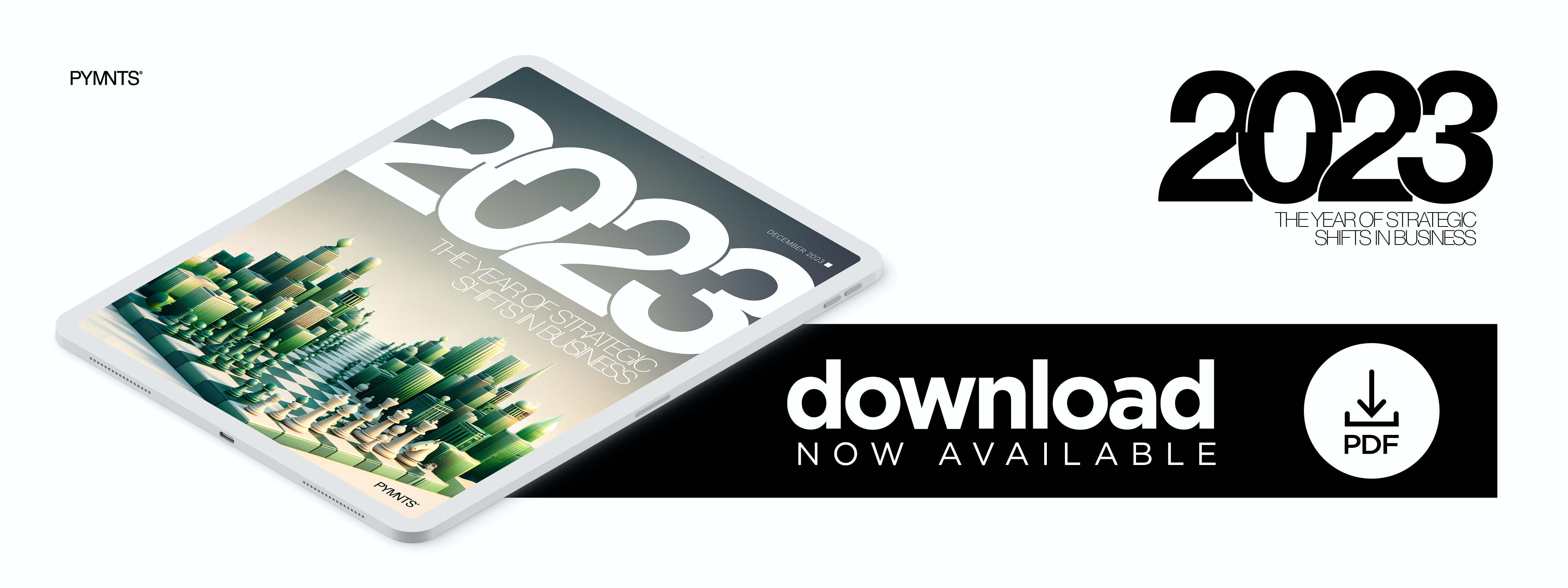Banks Must Advance Tech for Payments Security and Meet Consumer Expectations

PYMNTS asked industry executives across the payments and digital commerce landscape to give us their take on the pivotal shifts, technological advancements and strategies that have shaped business in 2023. Form3 CEO Mike Walters says as the payments landscape continues to evolve, financial institutions must integrate technological innovations while focusing on security and customer experience.
2023 was a crucible of transformation for the payments and digital commerce sectors.
Faced with economic volatility and shifting consumer behaviors, industry leaders had to recalibrate their strategies, using technological advancements to stay ahead. In 2024, it’s crucial to examine the key trends that have emerged and how they are shaping the future trajectory of the business.
One of the most significant trends in 2023 was the rapid advancement in technology transformation within the banking sector. With consumer expectations at an all-time high, banks faced the task of updating and replacing their existing technology stacks. This process, pivotal for maintaining a competitive edge and customer satisfaction, required a delicate balance: ensuring uninterrupted services while integrating new technologies. The adoption of cloud-based platforms emerged as a linchpin. These platforms not only provided the necessary flexibility and scalability but also ensured enhanced resilience, a factor that regulators across the United States, the United Kingdom and Europe have emphasized.
In the realm of payments, 2023 witnessed a continued push toward innovation. Banks realized that to retain and grow their customer base, the payments experience needed to be seamless and done in real time, both domestically and across borders. This required substantial upgrades not only in banks’ internal capabilities but also within the payment chain network. The anticipated acceleration of instant payments in the U.S., fueled by the integration of the FedNow® Service, stands as a testament to this trend. Banks have started planning this capability for their customers, recognizing its potential in shaping the future of payments.
A strategic shift was also observed in the adoption of multi-cloud approaches to payments. As digital payment volumes surged, the need for a scalable and flexible infrastructure became paramount. The multi-cloud model, with its inherent contingency capabilities, ensured uninterrupted services regardless of individual cloud performance. This not only bolstered operational resilience but also aligned with regulatory expectations.
However, the year wasn’t without its challenges. APP fraud continued to be a formidable issue. Banks had to navigate the complex landscape of social engineering and sophisticated scams, prompting a re-evaluation of their security measures. The fight against such frauds required more than technology; it necessitated clear customer communication and education, alongside collaboration with Big Tech.
Looking ahead to 2024, these trends underline the strategic shifts necessary for navigating the challenges ahead. As the payments landscape continues to evolve, financial institutions must adapt, integrating technological innovations while maintaining a steadfast focus on security and customer experience. The journey toward digital transformation is not just about staying competitive; it’s about reshaping the way businesses interact with their customers in an increasingly digital world.
The year 2023 set the stage for a transformative 2024. The trends observed not only shaped business strategies but also paved the way for a more resilient, efficient and customer-centric payments ecosystem. This year, these trendlines will undoubtedly be at the top of every industry executive’s watchlist, guiding their approach to meet the challenges and opportunities that lie ahead.


